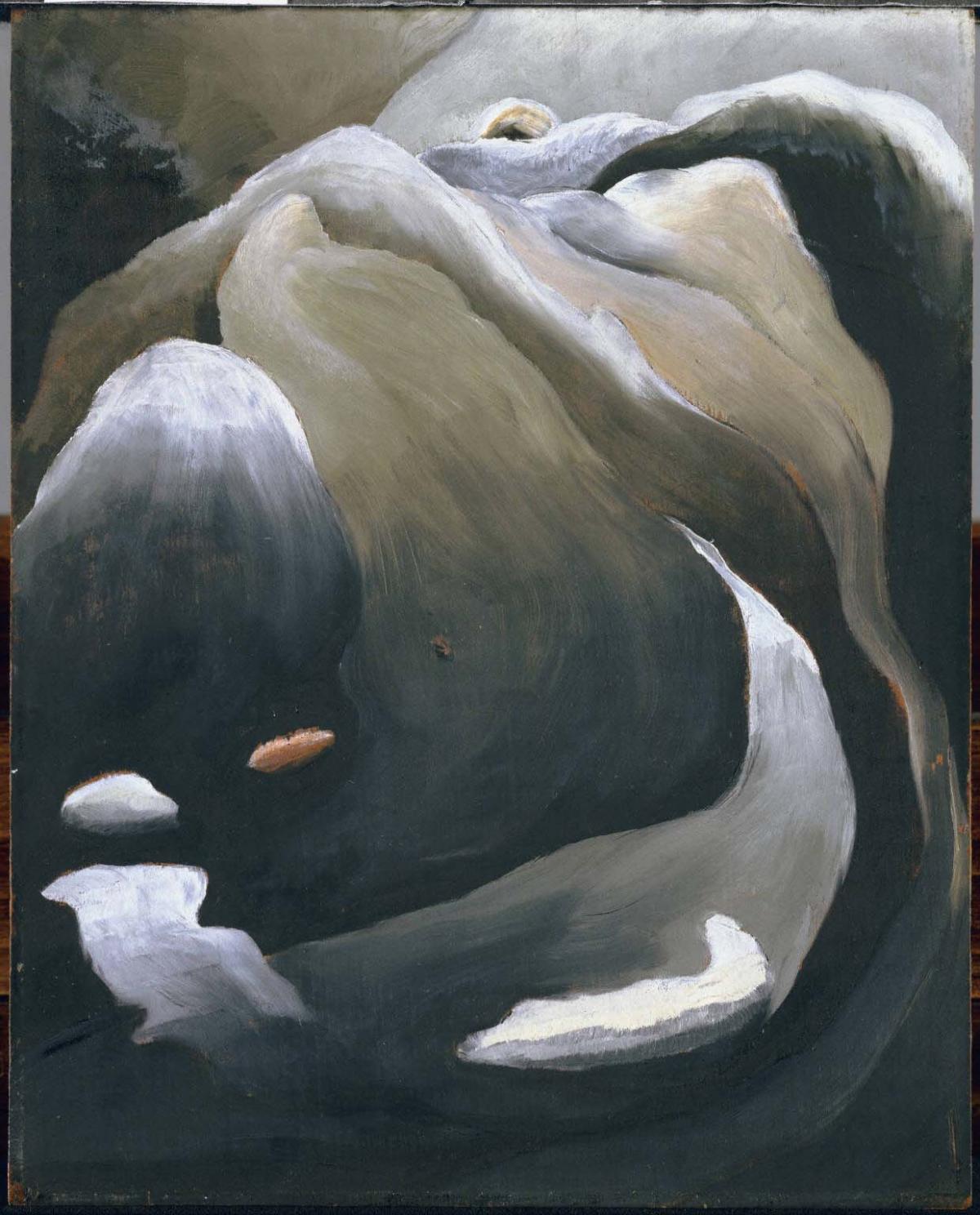Waterfall
Arthur G. Dove ( 1925 )

Waterfall, executed on Arthur Dove’s boat in Huntington Harbor, Long Island, is among the earliest Dove paintings in the collection and represents the artist at the beginning of his mature style. The small scale, the result of limited working space, does not detract from the power of the image. In Waterfall, Dove captured the movement of water, freezing it into abstract, timeless patterns, conveying the effects of it rushing and swirling over rocks. The color palette is orchestrated within a narrow range of tonal values that not only emphasize form but also enhance the overall effect. The icy blues, grays, pinks, and whites of Waterfall characterize cold, clear water in its purest state. Dove interpreted his surroundings abstractly, in an effort to elicit the unseen forces nature contained.
Duncan Phillips’s acquisition of Waterfall in 1926 represented a breakthrough for the collector in his growing acceptance of abstract form and expressive color as evocations of nature’s underlying dynamism. He praised the “spacing of bright and dark accents” in Waterfall. Phillips compared Dove to Albert Pinkham Ryder, whom he considered to be Dove’s “spiritual ancestor,” not only in his reduction of nature’s forms to their purest elements, but also in his experimental techniques and choice of medium.